I gave myself the night off yesterday, choosing relaxation over typing and photo editing to meet my usual self-enforced same-day deadline. In addition to laziness, I have two excuses. Tomorrow is a “day at sea” with no shore excursions so I’ll have spare time and Internet coverage in this area is spotty, making uploads a time consuming and frustrating task.
I’ve looked forward to visiting Vicksburg ever since we signed up for this trip. I can’t say I’m a Civil War buff, but I do enjoy reading about it and visiting the occasional battlefield. We’ve visited Gettysburg several times; I have a great-great-something grandfather who fought there.
My main source of knowledge about the Siege of Vicksburg comes from Jeff Shaara’s historical novel “A Chain of Thunder.” In it he follows the experience and (imagined) thinking of General Grant, General Sherman, General. Pemberton, plus the fictional lives of a private in the Union army and a young woman civilian resident of Vicksburg.
Historical fiction is fun but dangerous, depending on how many literary liberties the author takes with the facts. I have a mental image of Vicksburg at the time of the 47-day siege. My objective in visiting is to square my probably misshaped conception based on a fictional account with on-the-ground reality. My fear has been that the visit wouldn’t meet my expectations, that it would be too superficial to fulfill my need for understanding.
General Grant came to Vicksburg with one objective: to take control of Vicksburg to open the Mississippi to Union transport and to deny the Confederates access to the river, thereby cutting both its military supply lines and its access to markets for cotton and sugar. Abraham Lincoln saw Vicksburg as key to Union victory.
Grant tried several unsuccessful attacks from the North. The Union Navy was successful in bringing its river forces, including Ironclad battleships, to Vicksburg and launching a continual bombardment of the town. Eventually, Grant marched his 35,000 troops down the western side of the Mississippi, crossed them over the river south of Vicksburg and then went east to capture the Mississippi capitol of Jackson some 40 miles to the east of Vicksburg.
With that success, Grant assumed further military success would be possible by launching a frontal attack on Vicksburg. However, the confederate forces had had a year to fortify the town, taking advantage of its high elevation over surrounding ground to build what proved to be an insurmountable defense of the town. Several attacks on the fortified city failed, resulting in high casualties for the Union. That led Grant to institute a siege, cutting off food supplies. After 47 days and near-starvation conditions for troops and townspeople, Pemberton surrendered the city to Grant.
Our visit came in two parts: a walk around Vicksburg and an afternoon bus tour of the Vicksburg battlefield with a National Park ranger.
It rained in the night and the forecast was for more morning rain. But by the time we left at 9 AM there were only a few sprinkles as we walked to the bus for a 5-minute ride up the hill into town. We had dry weather for the rest of the day.
The further north we go the more Fall colors are in evidence. It’s definitely Fall in Vicksburg. Not Onawa fall (see https://gallery.jonrickphoto.com/onawa_colors) but not too bad for the South.
The walk, with perhaps 20 fellow passengers, started slowly. Our guide was a local woman who knew every building and seemed to focus on recent history: “This one was built in 1875 and opened in 2010 by my friend Good Old Joe as a B&B.” But many of the houses were antebellum (pre-war) and that was getting closer to the mark from my viewpoint. One had a wrought-iron gate with a dent caused by a cannon ball during the siege. Now we’re getting somewhere.
Then we found two homes of great interest to me. The first was the house occupied by Confederate General John C. Pemberton, the commanding officer ordered by CSA President Jefferson Davis to defend Vicksburg at all costs. Pemberton’s commanding military officer, General Joe Johnston, gave contradicting orders: Vicksburg can’t be defended; march your army out and defeat Grant in the field. Pemberton, greatly conflicted, chose to defend the city. Johnston failed to reinforce him with men and supplies. Pemberton’s headquarters house is in disrepair but is now owned by the National Park Service and is being restored.
Next door to Pemberton’s headquarters is the Balfour House, the site of a December 1862 ball attended by Confederate officers and ladies of the town. The ball was interrupted by the arrival of Union naval ships on the Mississippi and the commencement of shelling of the city that would continue for the next six months.
During the siege many buildings were destroyed by the continual bombardment by Union ships in the river and artillery on the far side of the Mississippi. Citizens dug some 100 caves in the sides of hills to serve as bomb shelters, rather than running the risk of being killed in their homes. Somewhat to my surprise, we found many antebellum buildings in Vicksburg. The bombardment during the siege, while a terrible ordeal for the townsfolk, did not result in total destruction of the city.
Today, Vicksburg has a population of 25,000 or so; 50,000 in the surrounding county. Tourism is a big part of the economy. The Corp of Engineering has a research facility in the area that employs 4,000. Our afternoon bus tour guide spent his career at the lab.
Covid has placed limits on touring activity in the Vicksburg National Military Park. Curiously, our guide could not ride with us in the bus. Instead, he drove ahead of us and communicated over a telephone link to the bus. It worked, but why?
Confederate defenses encircled the east of Vicksburg in an arc from north to south extending about six-and-a- half miles. The Mississippi provided protection to the west of town. Union forces created a corresponding line roughly a half-mile or less outside the Confederate line. Despite continual shelling, the Confederate line held and repulsed several attacks.
It’s a bit hard to envision the geographic conditions today. First, the Mississippi River no longer flows past Vicksburg. On April 26, 1976, the Mississippi cut a new path for itself, leaving Vicksburg high and dry. Actually, one of Grant’s early strategies was to do exactly what the river did on its own 13 years later: cut Vicksburg off from the river. Digging proved to be infeasible. Not until 1903 was the Yazoo River Diversion Project completed, giving Vicksburg access to the Mississippi once again. That’s where our cruise ship parked.
The other problem in visualizing the battlefield is that it is today heavily forested. The Confederate and Union forces had cut down trees to open a clear line of fire. They left the branches on the approaches to deter enemy charges and used the tree trunks to build bulwarks. Fortunately, John Nau, a major Anheueser Busch distributor, donated money to clear a 90-acre area near the Illinois monument, giving us a better idea of the terrain. At many spots, cannon are located in historically-accurate spots, seemingly aimed into a dense forest, which in the day were pointed at open fields.
The Park provides a loop path that first travels along Union lines and then reverses course to follow the Confederate lines. Founded in 1899, the Park administration has gone to great lengths to place unit markers at the actual location of each. Veterans from both sides were brought to the former battlefield and asked to show where their units were positioned. Vicksburg is said to be one of the most accurate battlefields in the country.
The service held a reunion for Confederate and Union soldiers at Vicksburg in 1903, forty years after the battle. Some 8,400 showed up. Unfortunately, the three-day event was suspended after two-and-one-half days because the veterans began fighting with their walking canes.
If I have it right, 14 Confederate states sent at least a regiment of soldiers to Vicksburg and the Union 22. Two states, Missouri and Kentucky had regiments on both sides of the battle. Brother-against-brother was a reality at Vicksburg. Over the years each state has erected a monument commemorating its soldiers. Missouri’s monument is split into two sides: Union and Confederate. Northern states came earlier and erected more and larger monuments. Southern state memorials came later and were less extravagant, due to limited post-war resources in those states.
One stop on the tour that turned out to be of particular interest to me was the Illinois memorial, on a ridge line overlooking the cleared battlefields. Judy, very much at random, found the name of one Captain Charles Libby, commander of Company D of the Illinois’ 176th Division. My grandfather was a Libby; all his ancestors are from Maine, so the connection to Illinois seemed slim. But a quick google search revealed that Charles Libby is buried in Harrison, Maine, not far from Grey where Grandpa Libby was born and where Libby Hill is located. Could it be? Ancestory.com here I come!
Another highlight of the tour was a stop at the reconstructed ironclad the Cairo (pronounced C”A”ro, not C”eye”ro as in Egypt). It was one of eight ironclad warships constructed in 100 days in Mound City, Illinois by the Edes Company. They ran the gauntlet of Confederate fire to reach Vicksburg and begin the naval bombardment of the city. Confederate artillery did not damage the ironclads, but the first-ever remotely detonated mine: a five-gallon container of dynamite detonated by a plunger-type device just like in the old Western movies did the trick. It sank The Cairo, which was raised, restored and put on display at the park. See the pictures.
The other seven Ironclads were sold for scrap after the war since there was no further need for “brown water” ships. The remains of the Cairo give us a good idea of what these ships were like. Incidentally, the Mississippi ships are of a completely different design than the Monitor and Merrimack, which again were entirely different.
So, were my expectations met? Yes, for sure. I have a much clearer picture of what conditions were like in the town and along the battlefronts. I have a better understanding of the historical events. And I have a better appreciation of what terrible suffering, sacrifices and loss of life the siege of Vicksburg entailed. Would I like to know more? Infinitely more but for now I’m a happy warrior.
Today the scenery is entirely rural. I haven’t seen even a small town and only a few barges. Nothing like the Lower Mississippi where one chemical plant followed another.
And I’ve decided that typing Mississippi is as much fun as spelling it: “M – i – double s – i – double s – i – double p – i.” Try it, you’ll see!

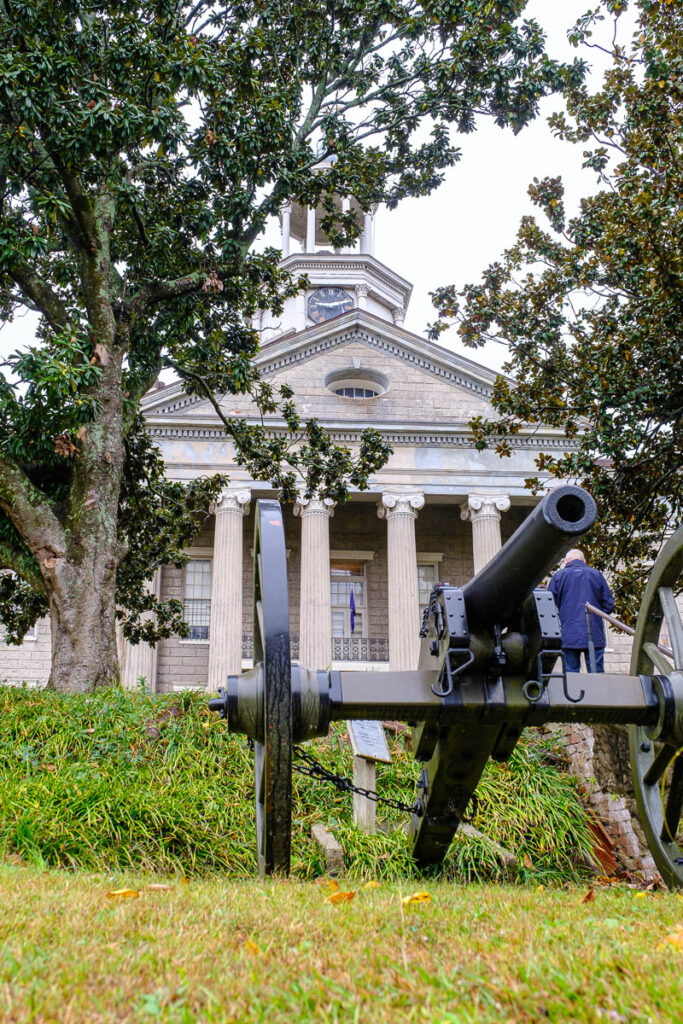

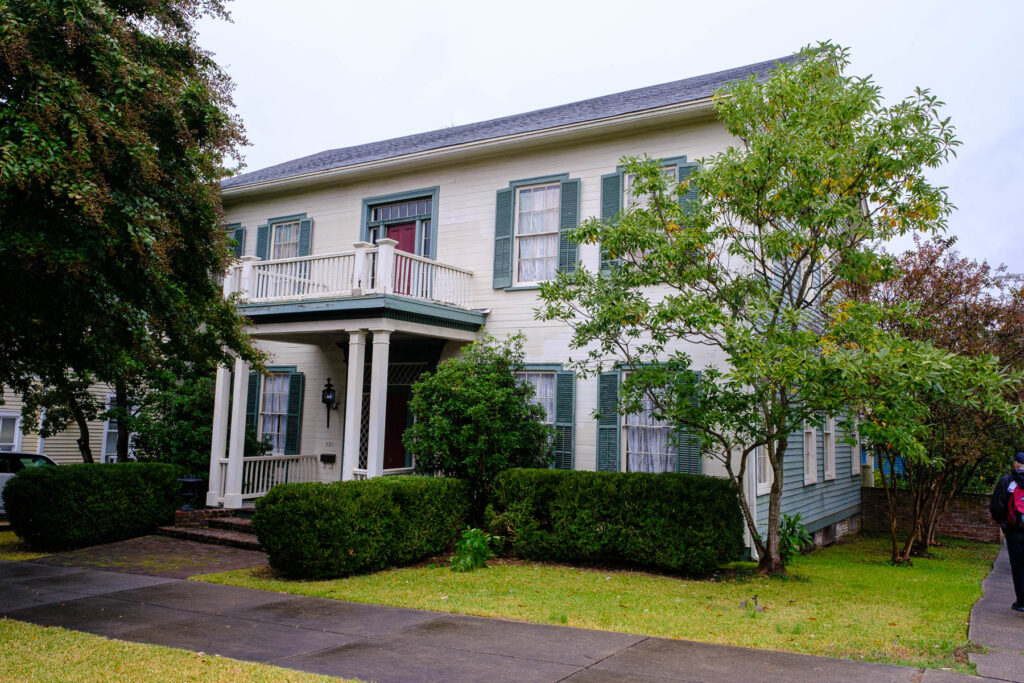



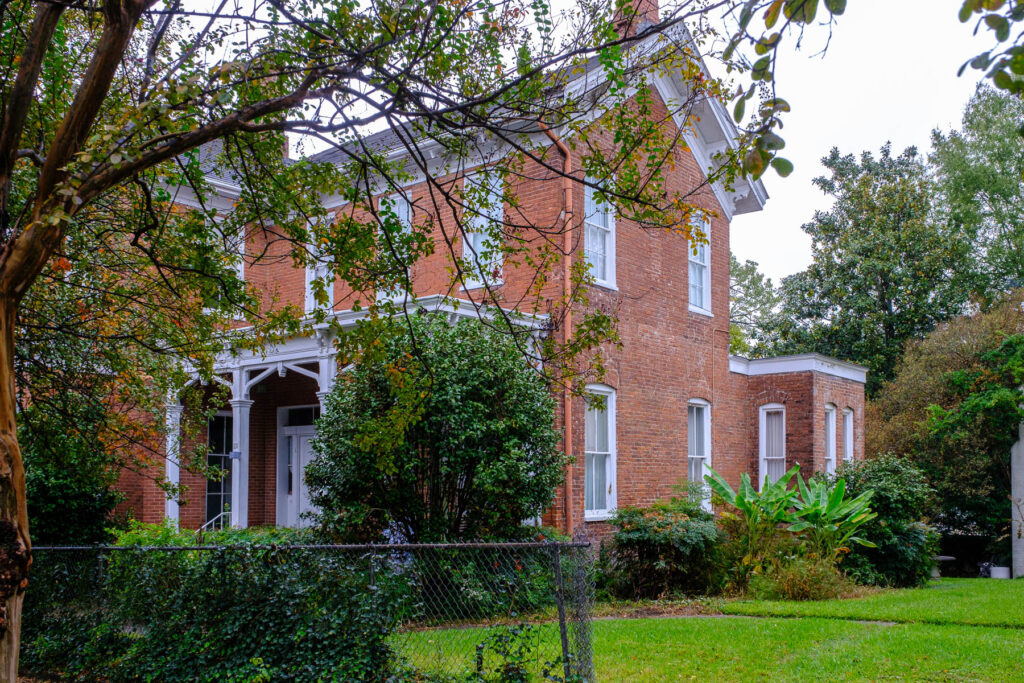



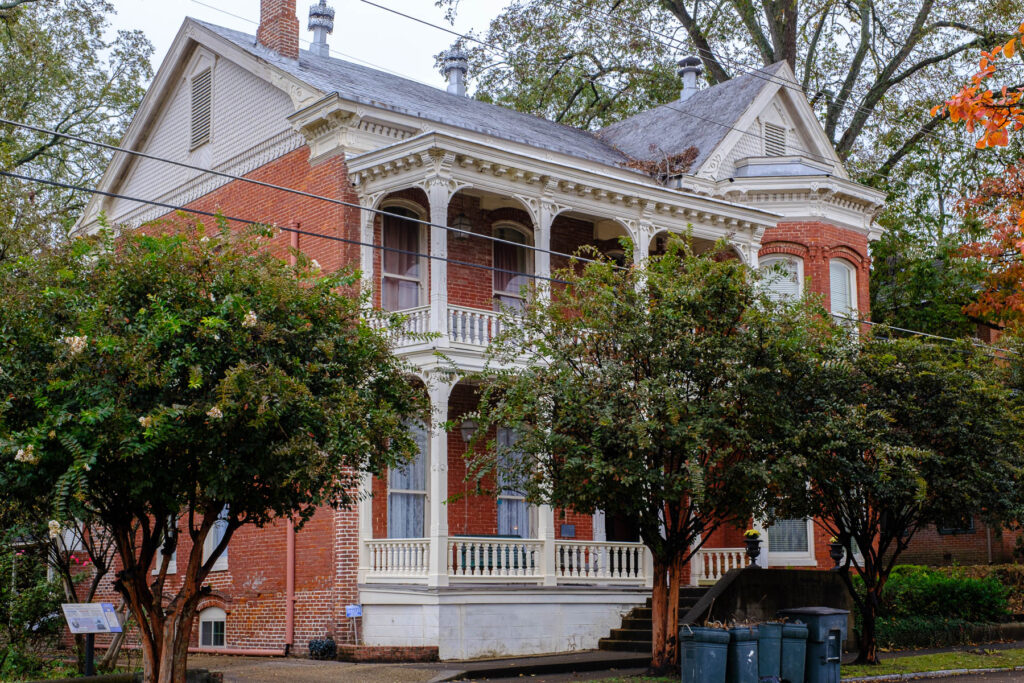
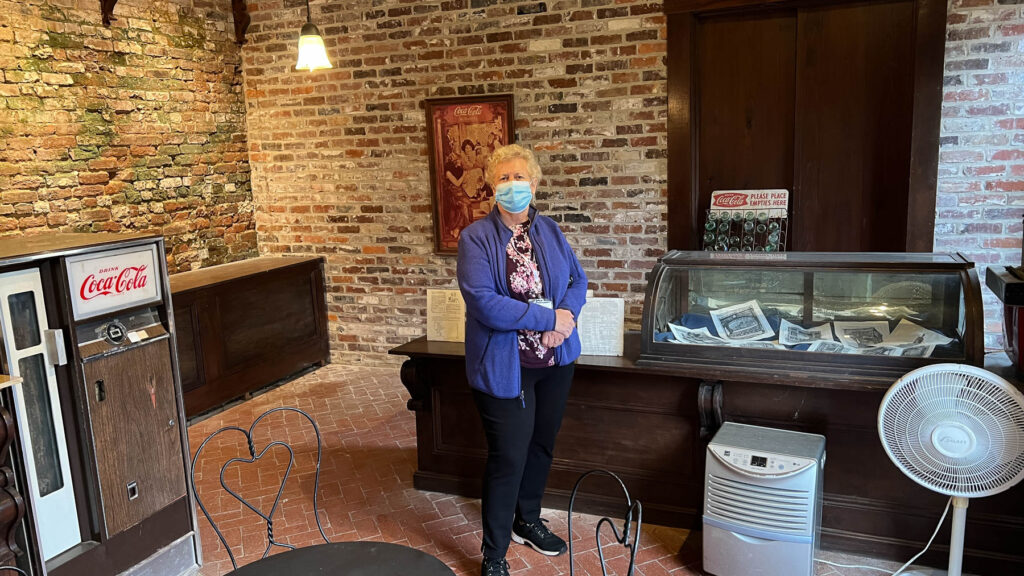
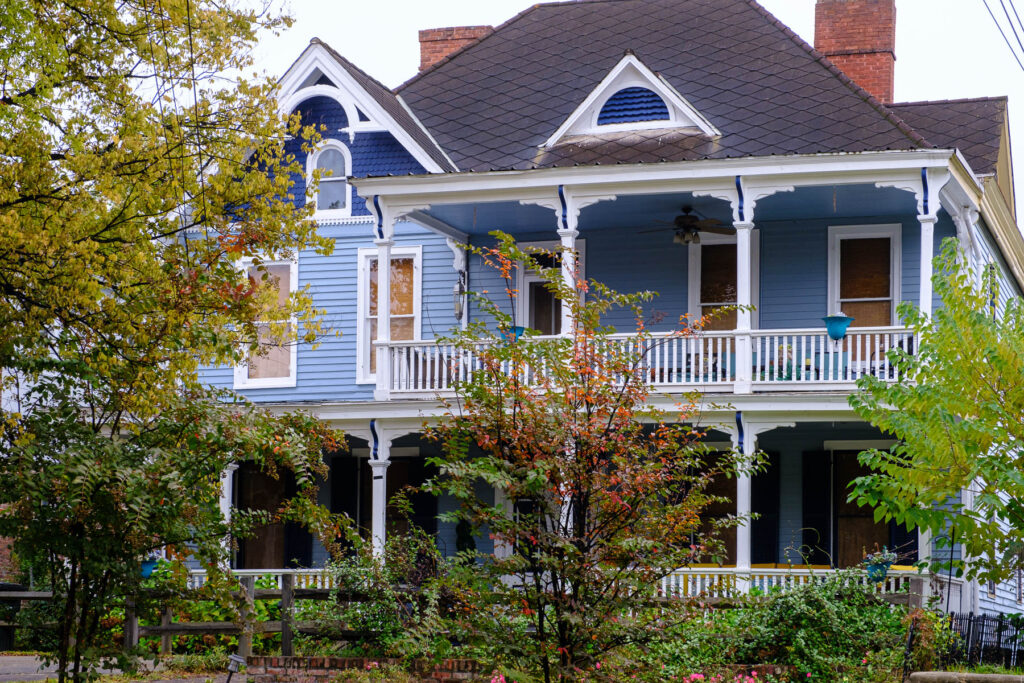
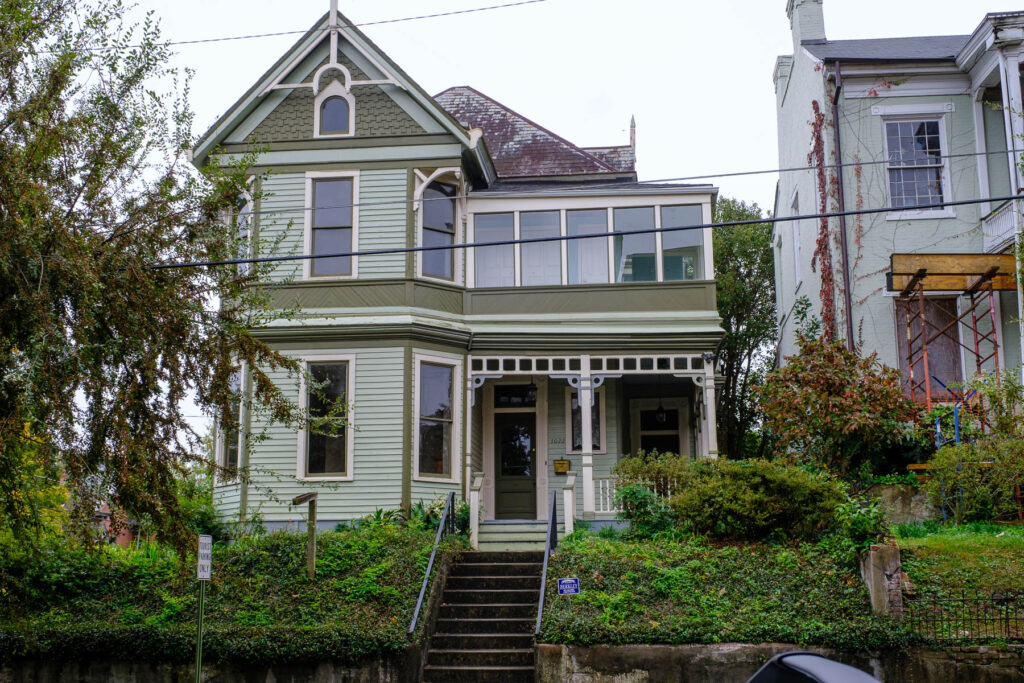



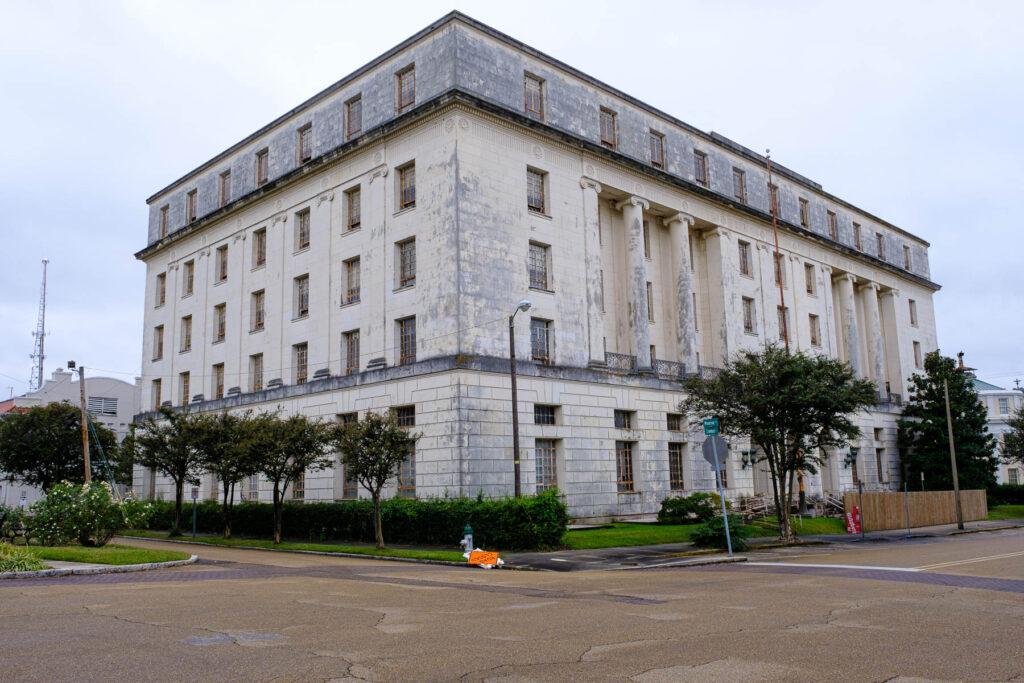
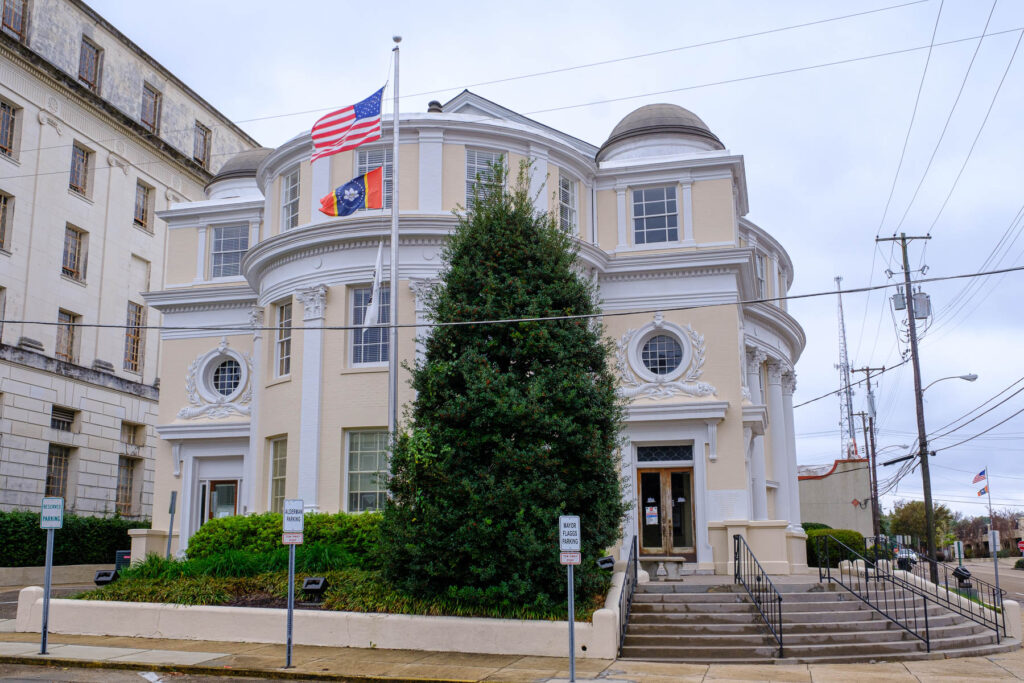
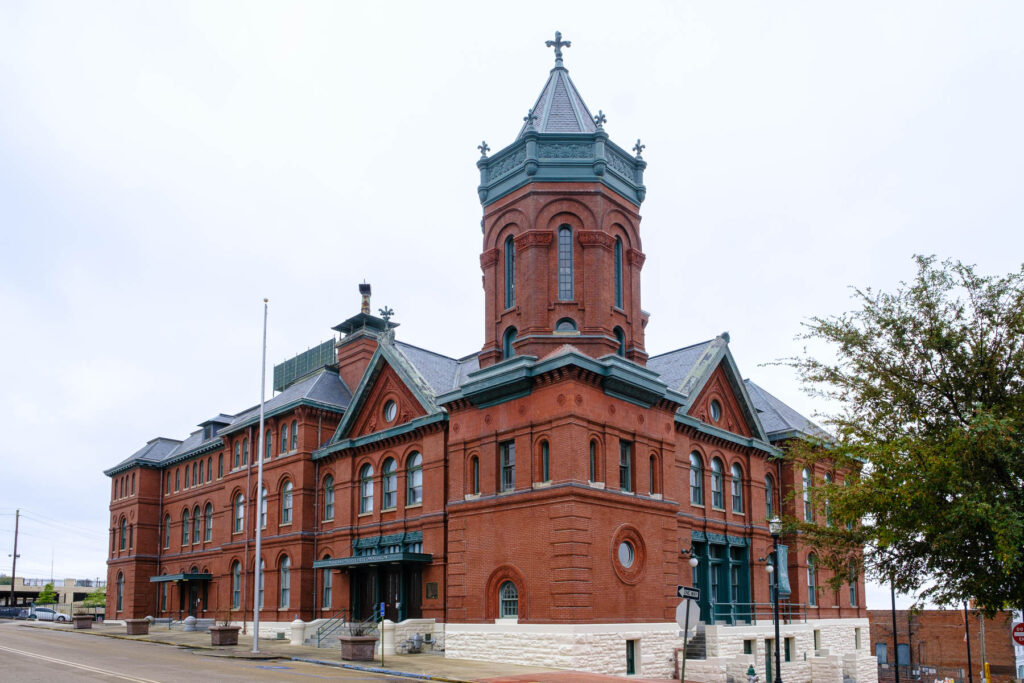

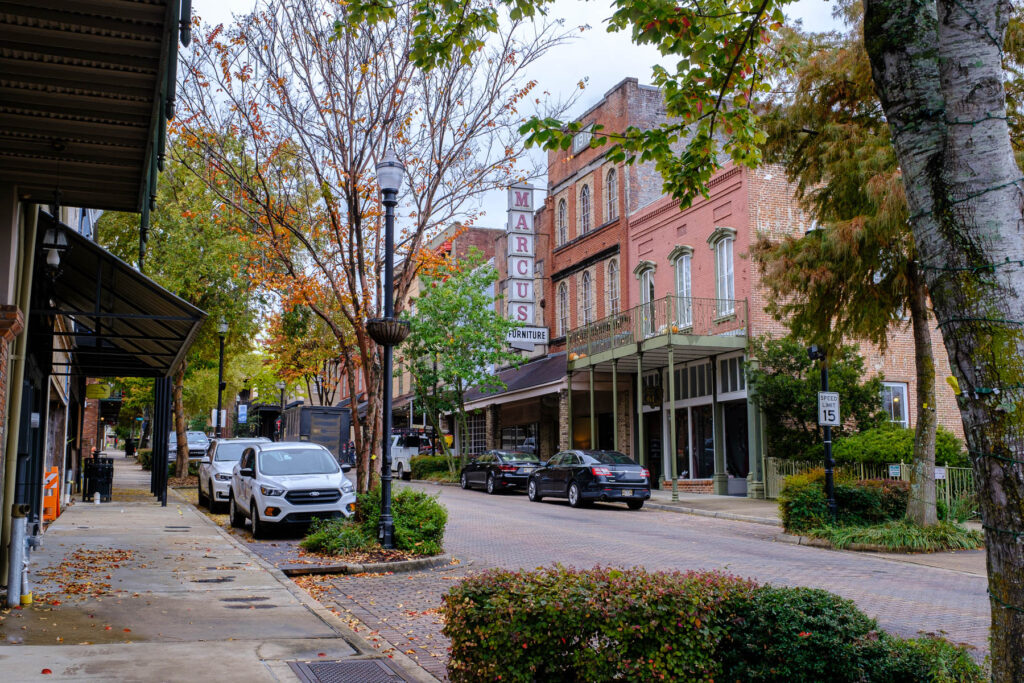
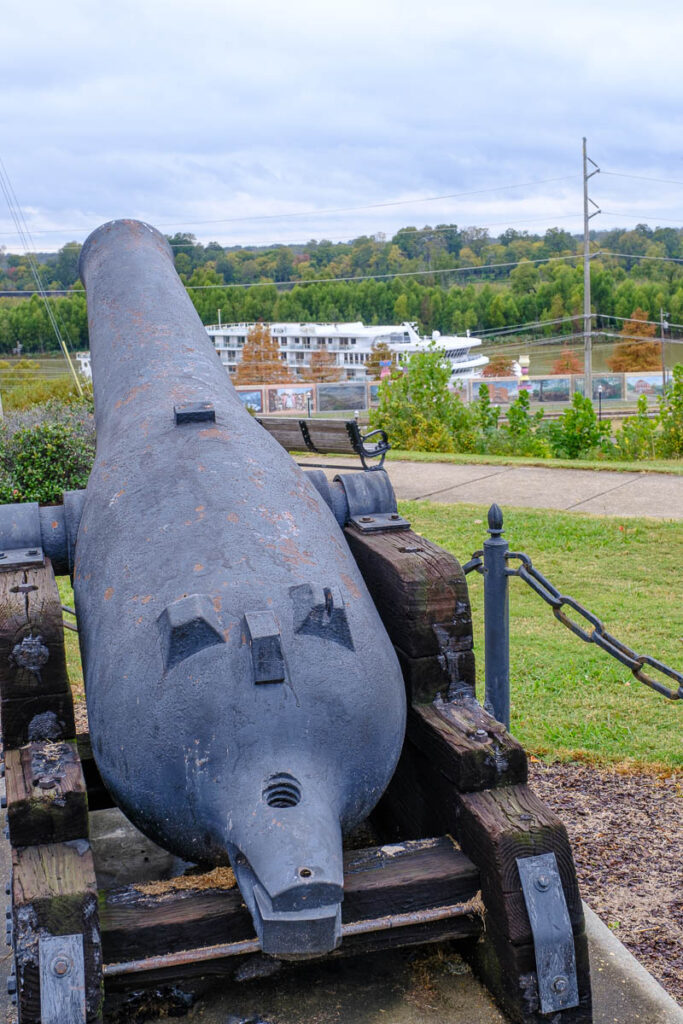

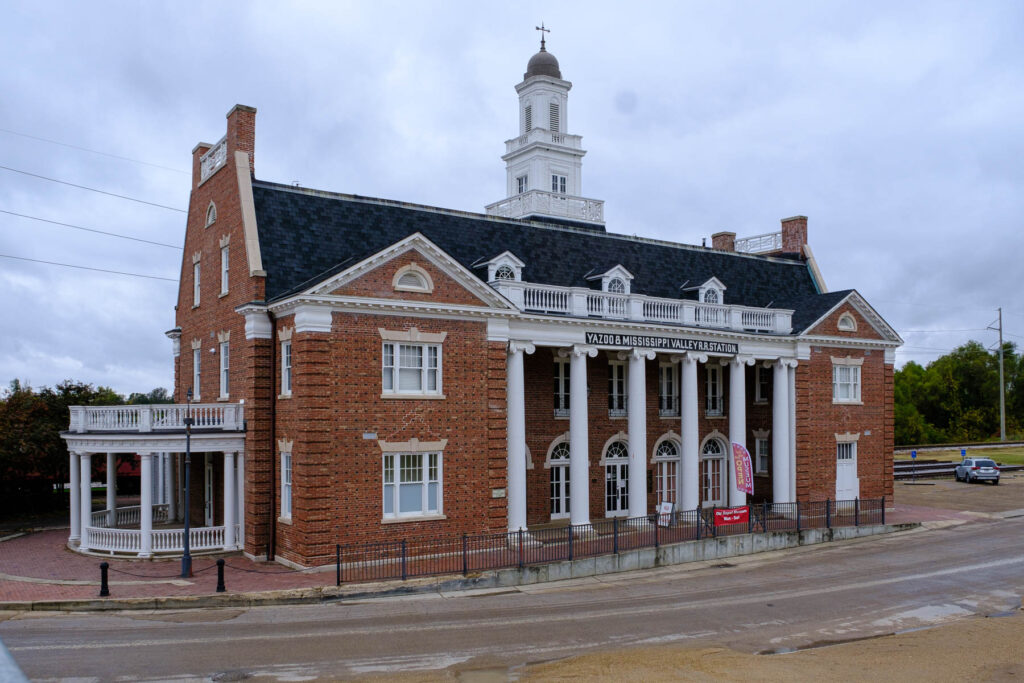
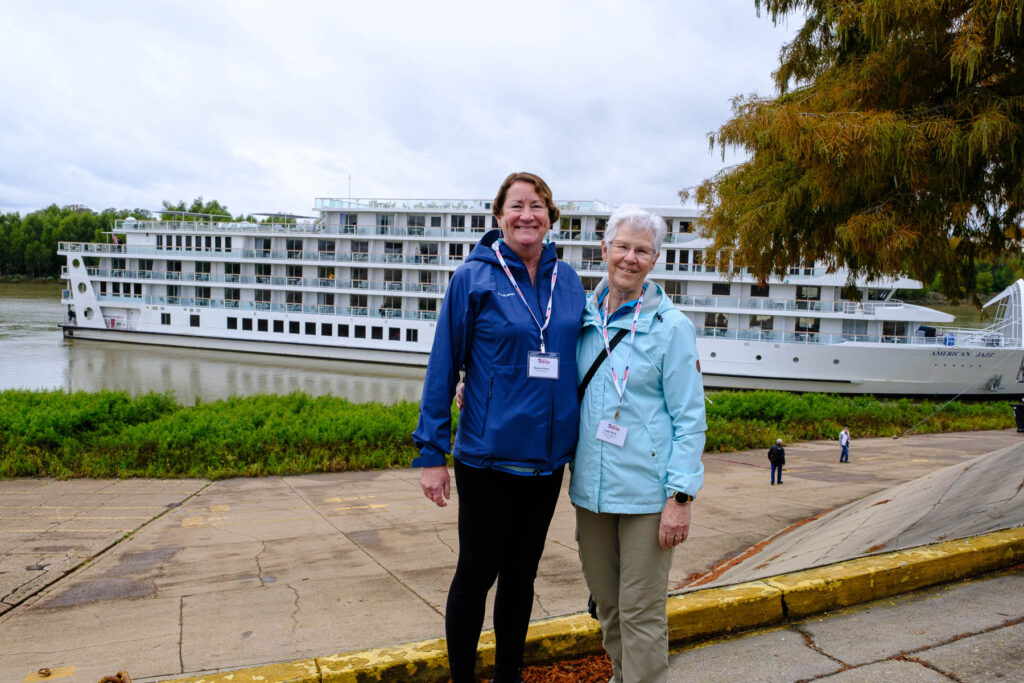
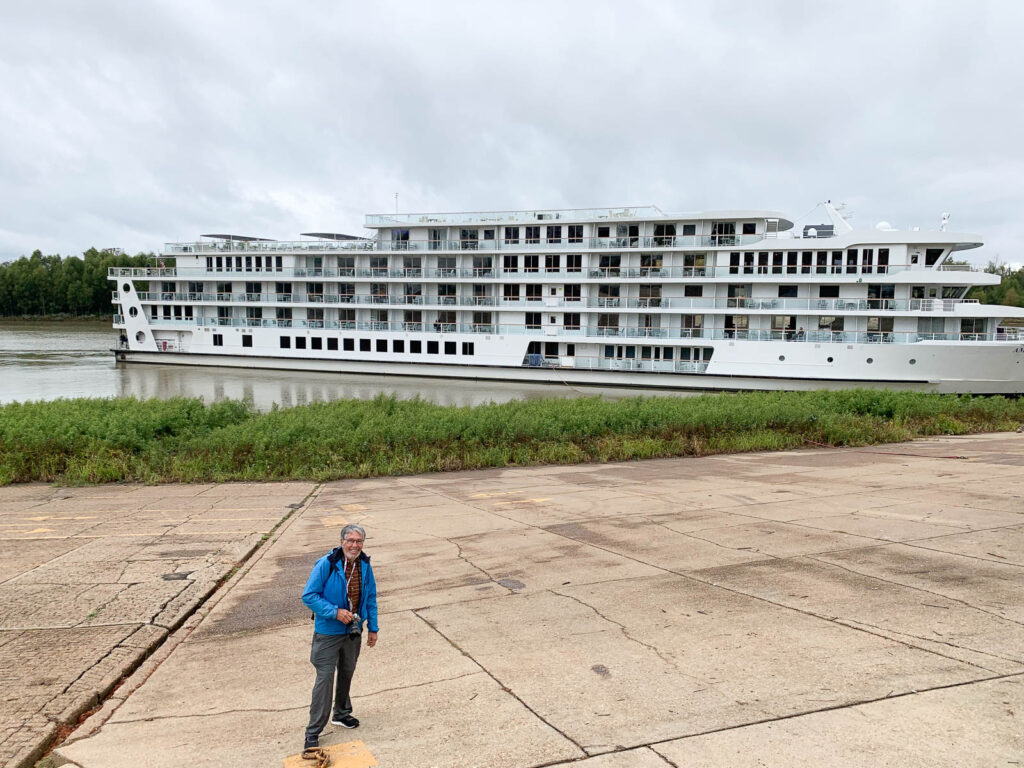
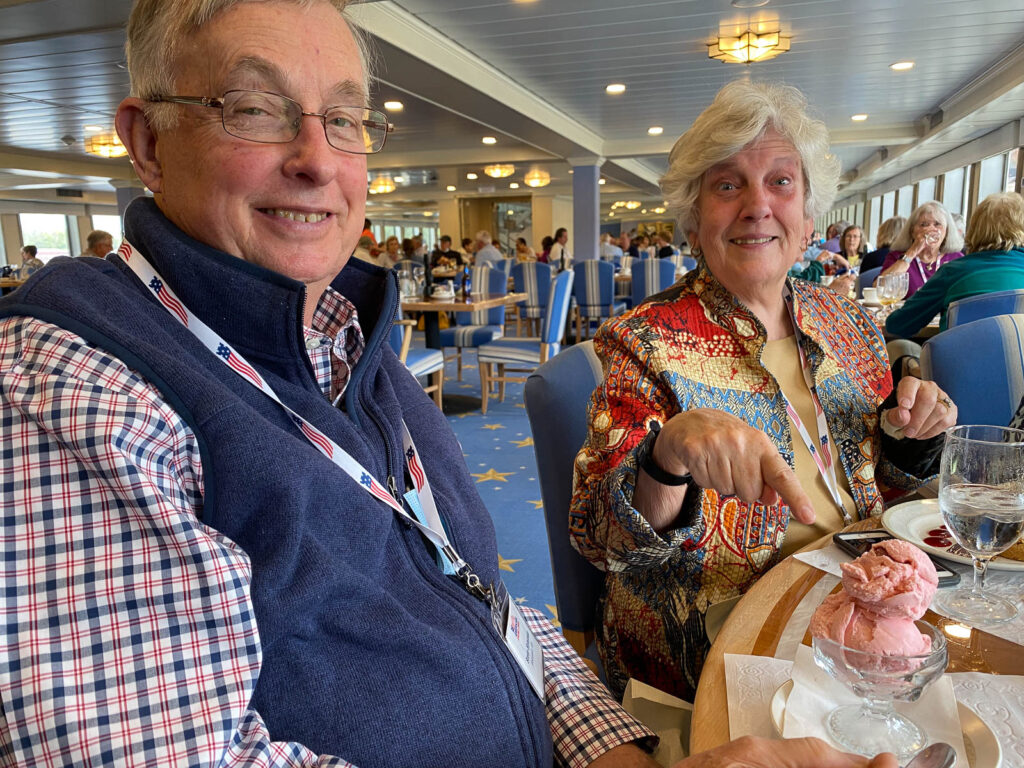

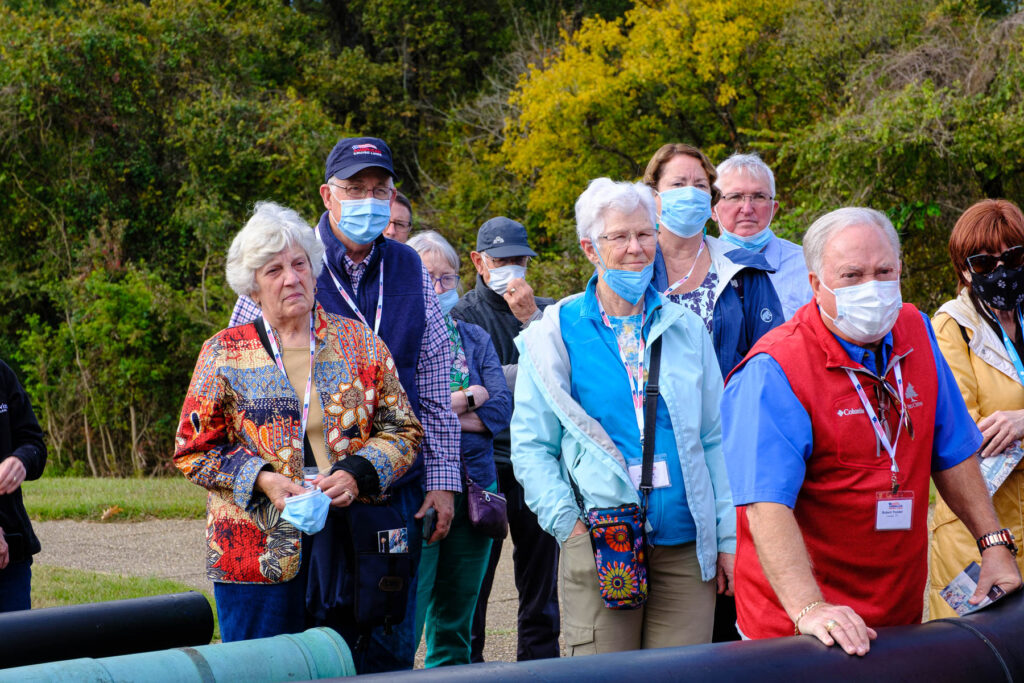
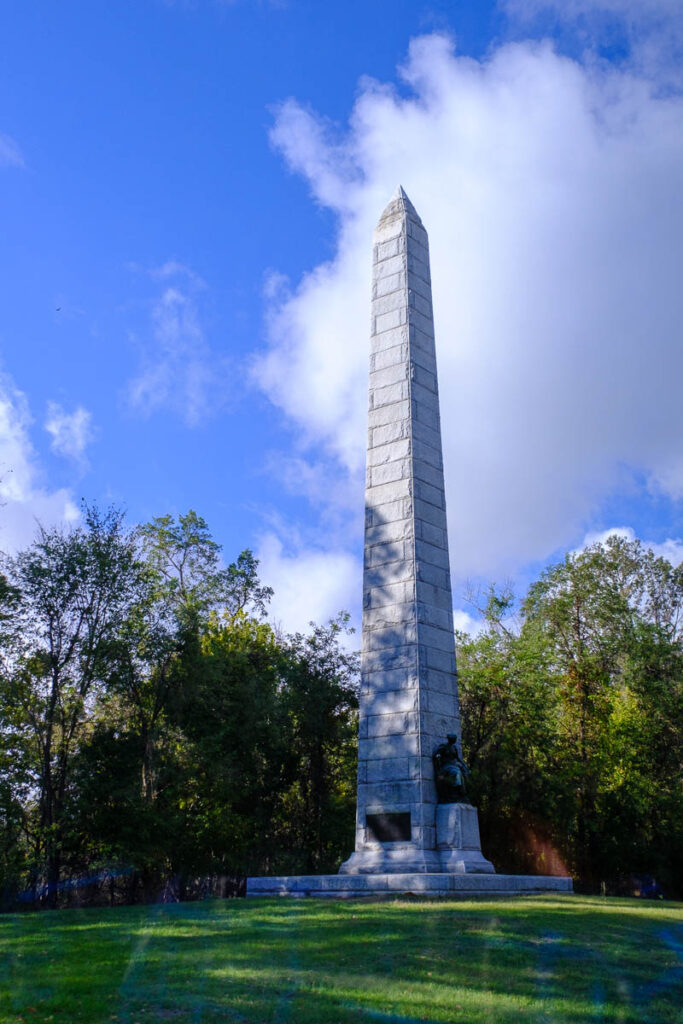
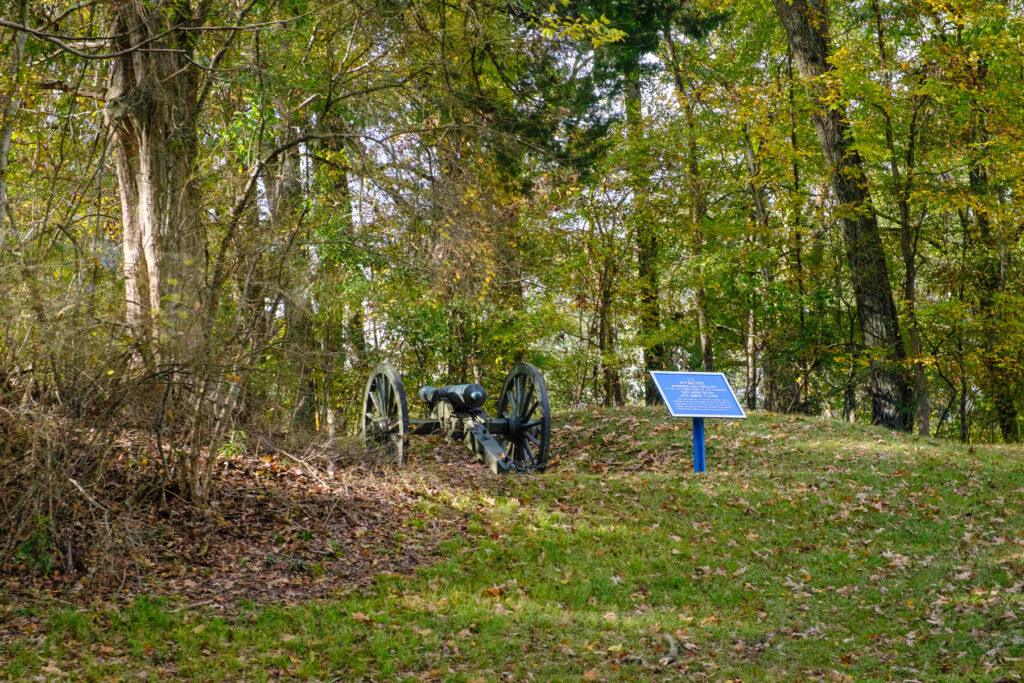



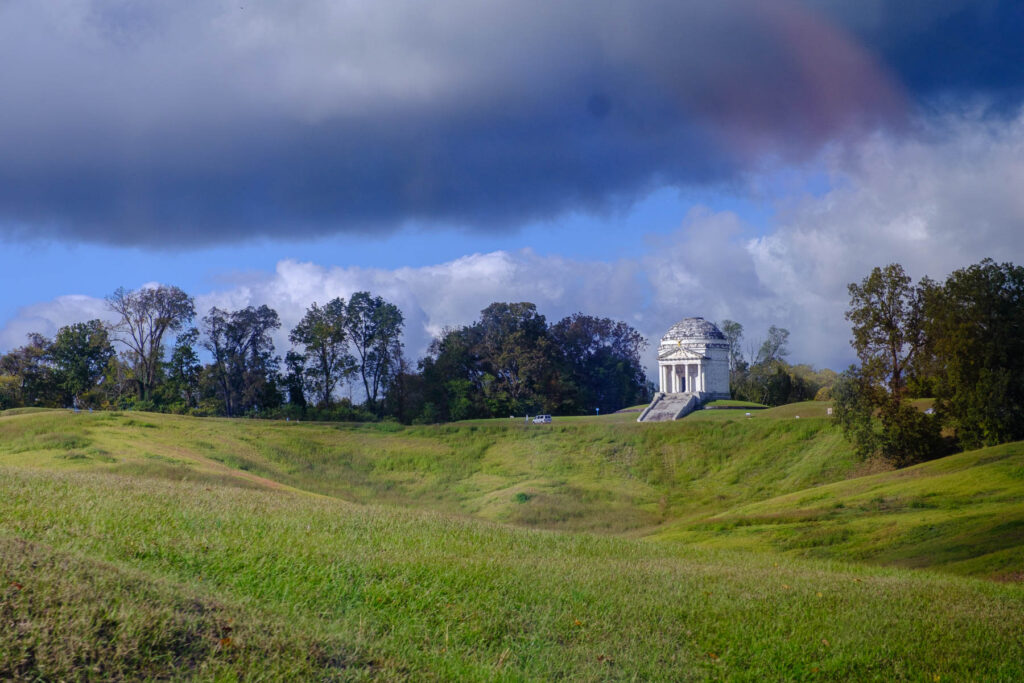
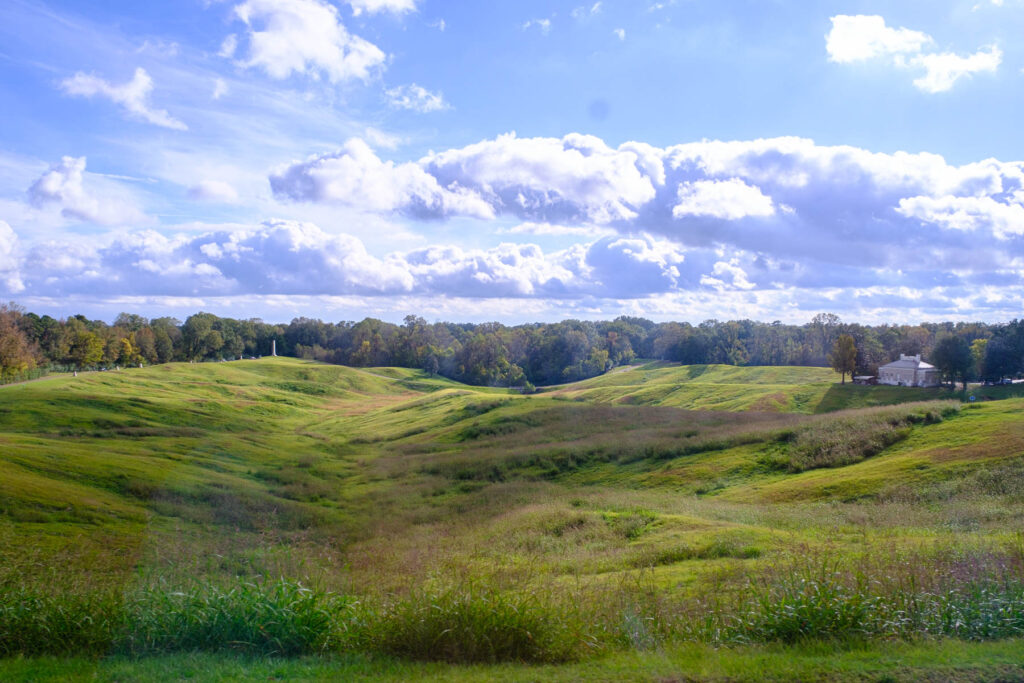



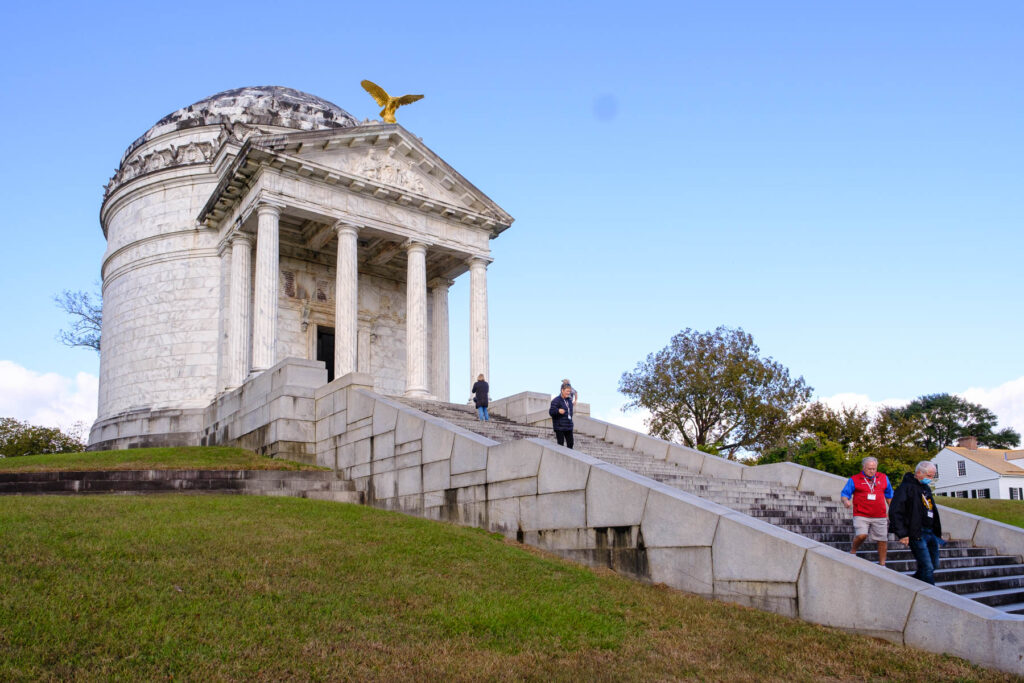
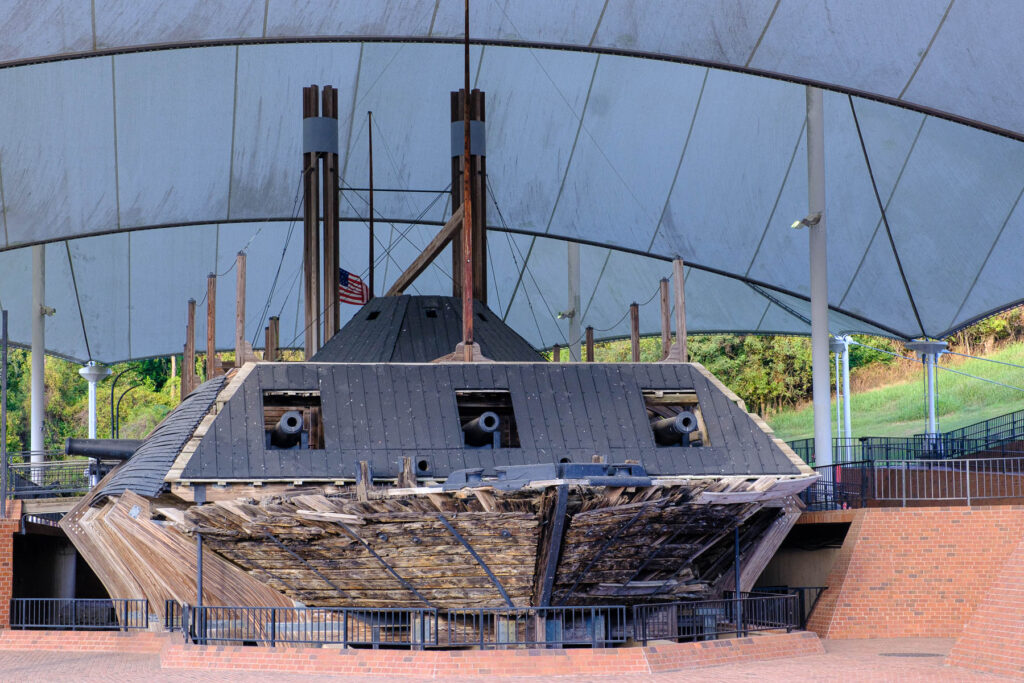

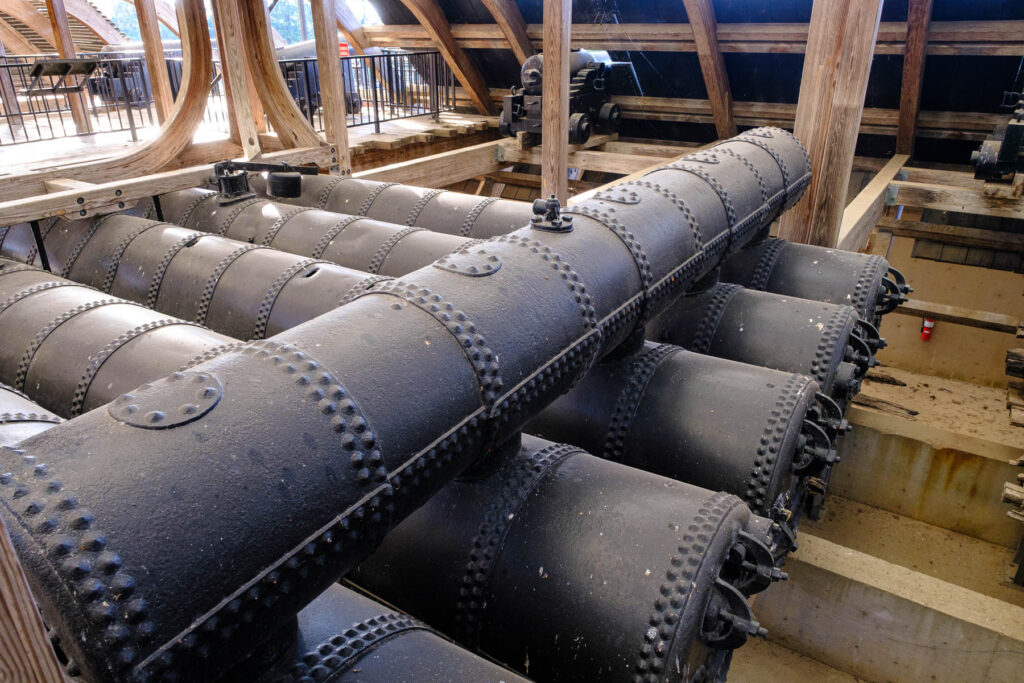

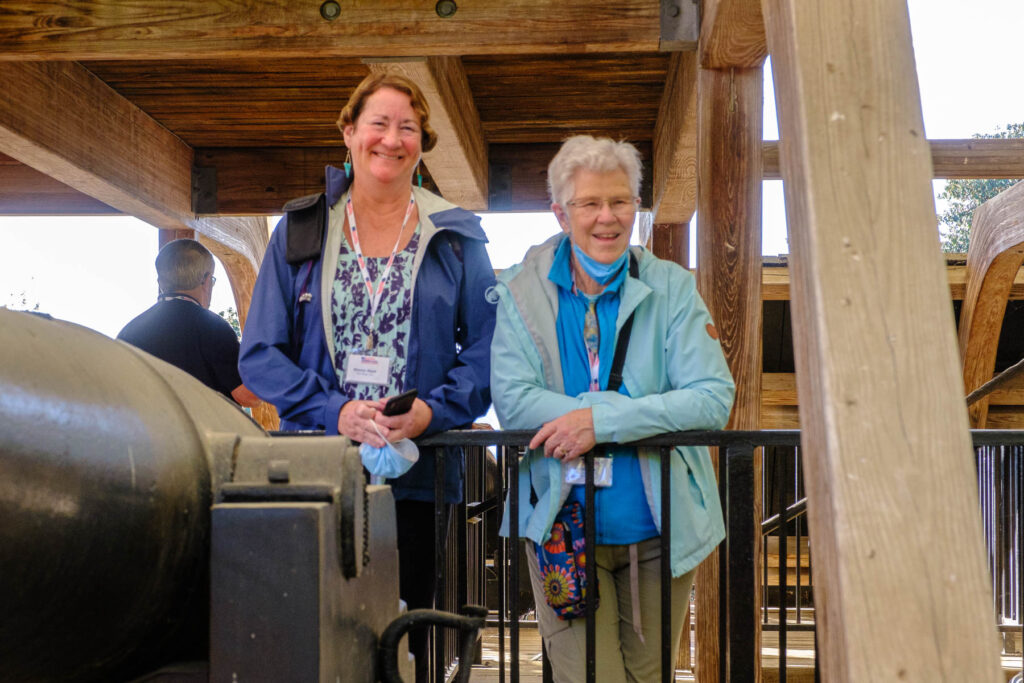





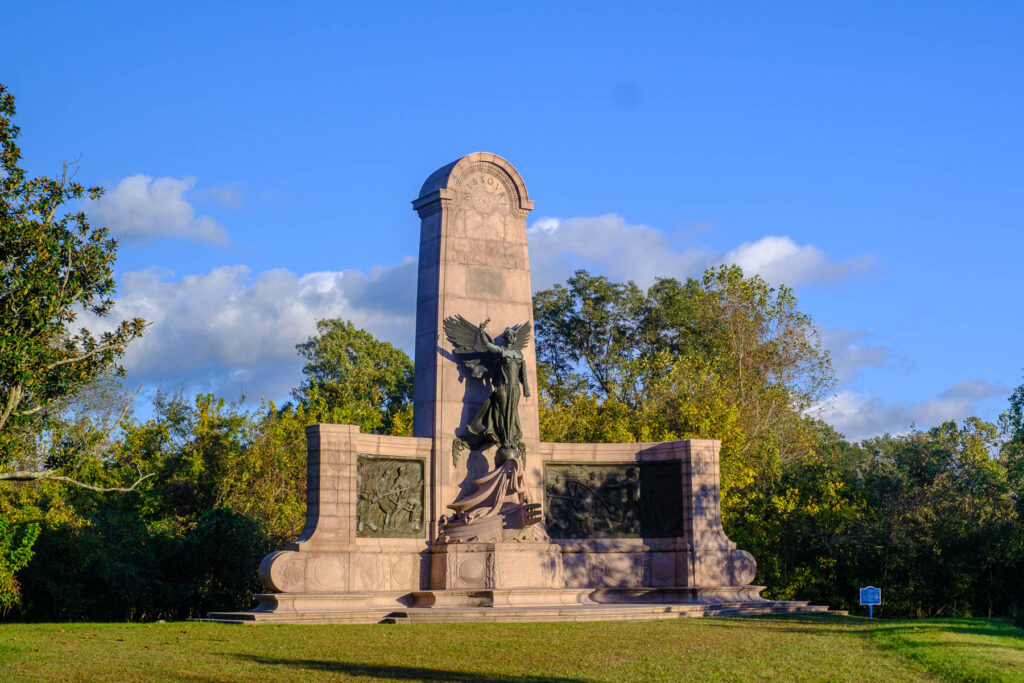

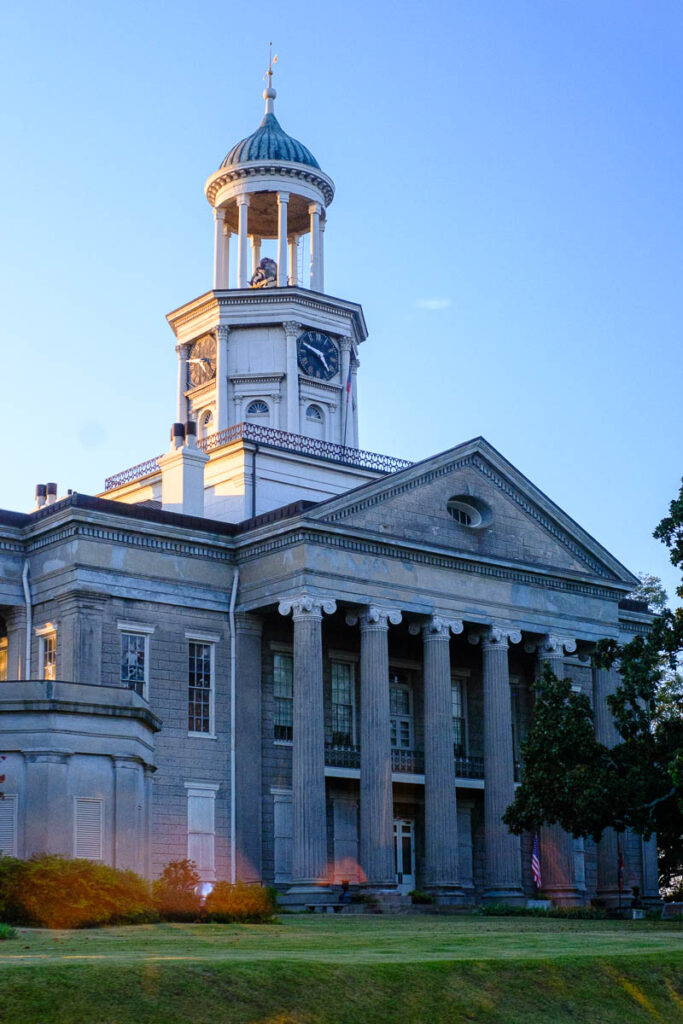
So interestingly! I love civil war history and have loved living in the South and seeing so many places I had just read about before!